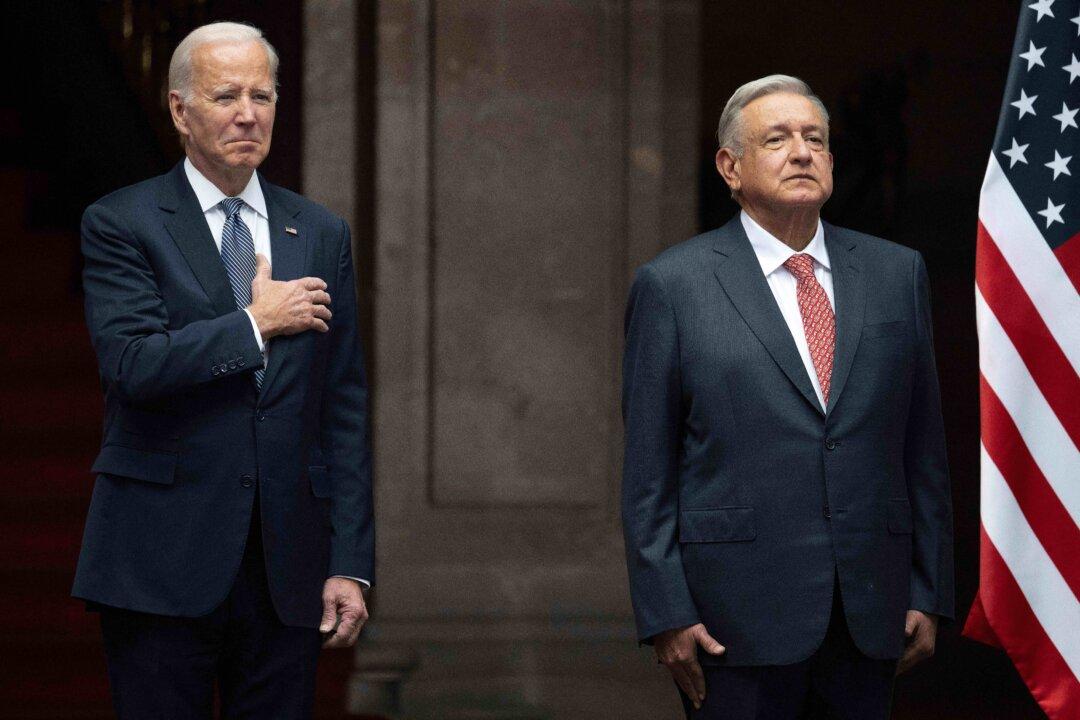The United States’ investment of $3 billion in Mexico aimed at addressing organized crime and violence and reducing drug trafficking has not proven to be effective, a new report by the Government Accountability Office (GAO) has found.
The report (pdf) was published on Sept. 12 and noted that while the United States has provided billions of dollars in assistance to Mexico since 2008, the latter’s security situation has “worsened significantly,” with the country’s murder rate more than tripling.





